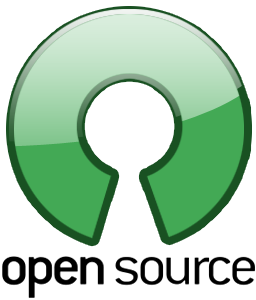We believe in collective, open and sustainable progress as the fitting answer to our current sustainability & governance challenges. Open-source software has created an unbelievable amount of value in the last decades, and we personally have been using it in our private and professional lives.
We also believe that in the decentralized energy system which is developing now, the open-source innovation is far from being as strong as it needs to be (e.g. when compared to web development). This is tech needed across the whole world, by many different actors. We want to contribute to more open source in energy tech. And of course, while there are only a few others, it serves as a USP for us.
Open source creates value, and it also helps to spread innovation at a faster rate. That is precisely what we need to fight climate change effectively.

